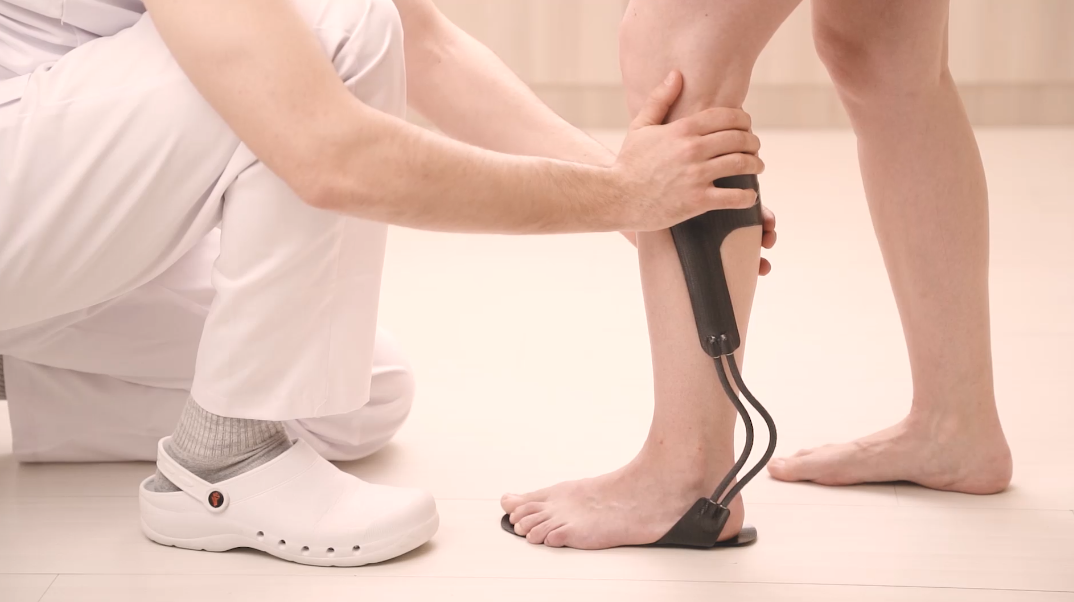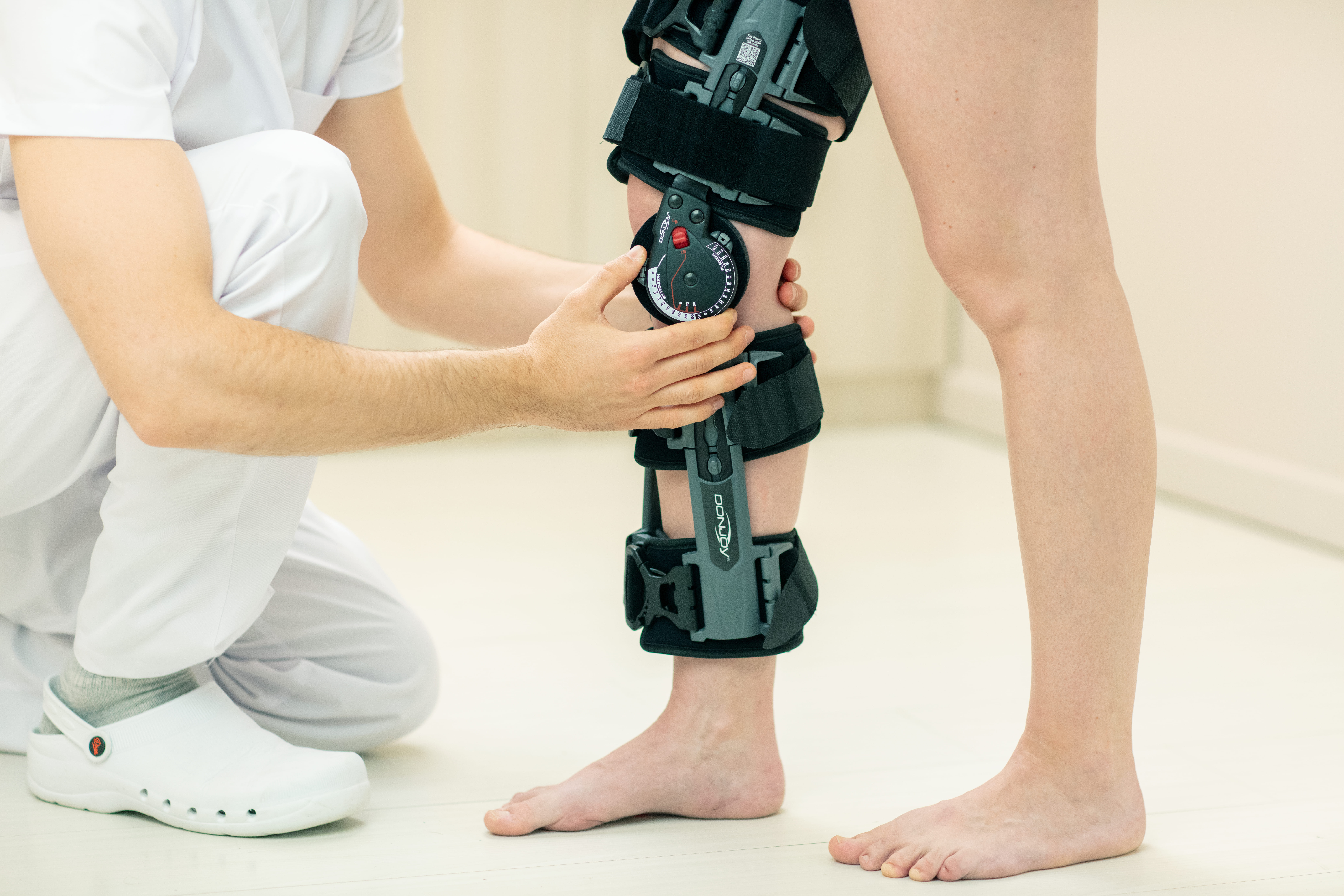At Instituto Clavel we offer neurological physical therapy for the treatment of nervous system disorders.
Acabar con el dolor es posible y nuestro equipo quiere ayudarle a conseguirlo. Dé el primer paso contactando con nosotros.
Madrid: +34 919 148 441
Barcelona: +34 936 090 777
Llevamos la excelencia neuroquirúrgica a Sevilla, ofreciendo servicios especializados en neurocirugía de columna y cráneo.
¡Llama al +34 955 277 751 o +34 633 143 686 para más información!
At Instituto Clavel we offer neurological physical therapy for the treatment of nervous system disorders.

Neurological physical therapy uses various techniques to treat alterations of the nervous system with the goal of improving mobility and the patient’s quality of life.
When the nervous systems suffers damage, there is a window of time of neuroplasticity, in which new connections occur. Taking advantage of this time to rehabilitate with stimulation and guided exercises is very important for recovering lost or decreased ability to perform certain movements.
At IC Rehabilitation we base our treatments on clinical reasoning in neurophysical therapy informed by our constant collaboration with neurosurgeons at Instituto Clavel. In this way we are able to determine the best therapeutic options for each patient.

Physical therapy and neurological rehabilitation techniques are aimed at people with nervous system disorders, especially movement disorders. The goal is to improve their quality of life, minimize after-effects, and treat any underlying problems.
The main pathologies that we treat in IC Rehabilitation are peripheral or neuromuscular neurological disorders. Some of these disorders arise as a result of a pinched nerve, and in other cases, such as complex regional pain syndrome and brachial plexus injuries, the problem starts from an injury.
This specialization is also useful for treatment of chronic pain, fibromyalgia and complex back problems.
Peripheral nerves are those that are located outside the brain and spinal cord. Peripheral nerve disorders distort or disrupt messages between the brain and the rest of the body. Symptoms usually begin gradually and then get worse. Among the symptoms are the following:
In our center we address each patient’s case in a completely personalized way to determine the most appropriate recovery treatment, and we accompany the patient throughout the process. These are some of the techniques we use most often in our center:
Consists of specific manual manipulations or exercises that keep the affected muscles and joints active. Physical therapy can prevent stiffness, spasticity, help restore function and feeling. We can use techniques such as neurodynamics or proprioceptive neuromuscular facilitation or proprioceptive and sensory stimulation, among others. There are complementary methods such as bobath, perfetti, brünnstrom, vojta, kabat, etc., which can be useful depending on the cases.
These are exercises that help preserve range of motion, muscle tone and sensitivity to touch. They also improve balance and gait, increase strength, and control pain. After each session in the center, we prescribe exercises to do at home that help maintain the work we do and improve the results. In this way we encourage the patient to be a fully active participant in their recovery process
This practice consists of wrapping with a thin, highly elastic, cotton bandage capable of stretching up to 130% its original length. It can be useful to relieve pain or swelling in an inflamed area, or to increase the stability of some part of the body, among other things.
Through electrostimulation and/or electropuncture that penetrates to the muscle with sterilized filaments, you can reduce pain, improve strength, normalize muscle tone and range of motion, as well as help recover skin sensitivity.
As specialists in physical therapy for the spine, at IC Rehabilitation we can provide reports documenting the patient’s needs, and recommend specific adaptive orthopedic and ergonomic material needed to minimize risk of injury in their job, to help maintain the proper position, increase the patient's comfort and facilitate their mobility.
Link to reports
Contact us so that we can give you a personalized assessment.